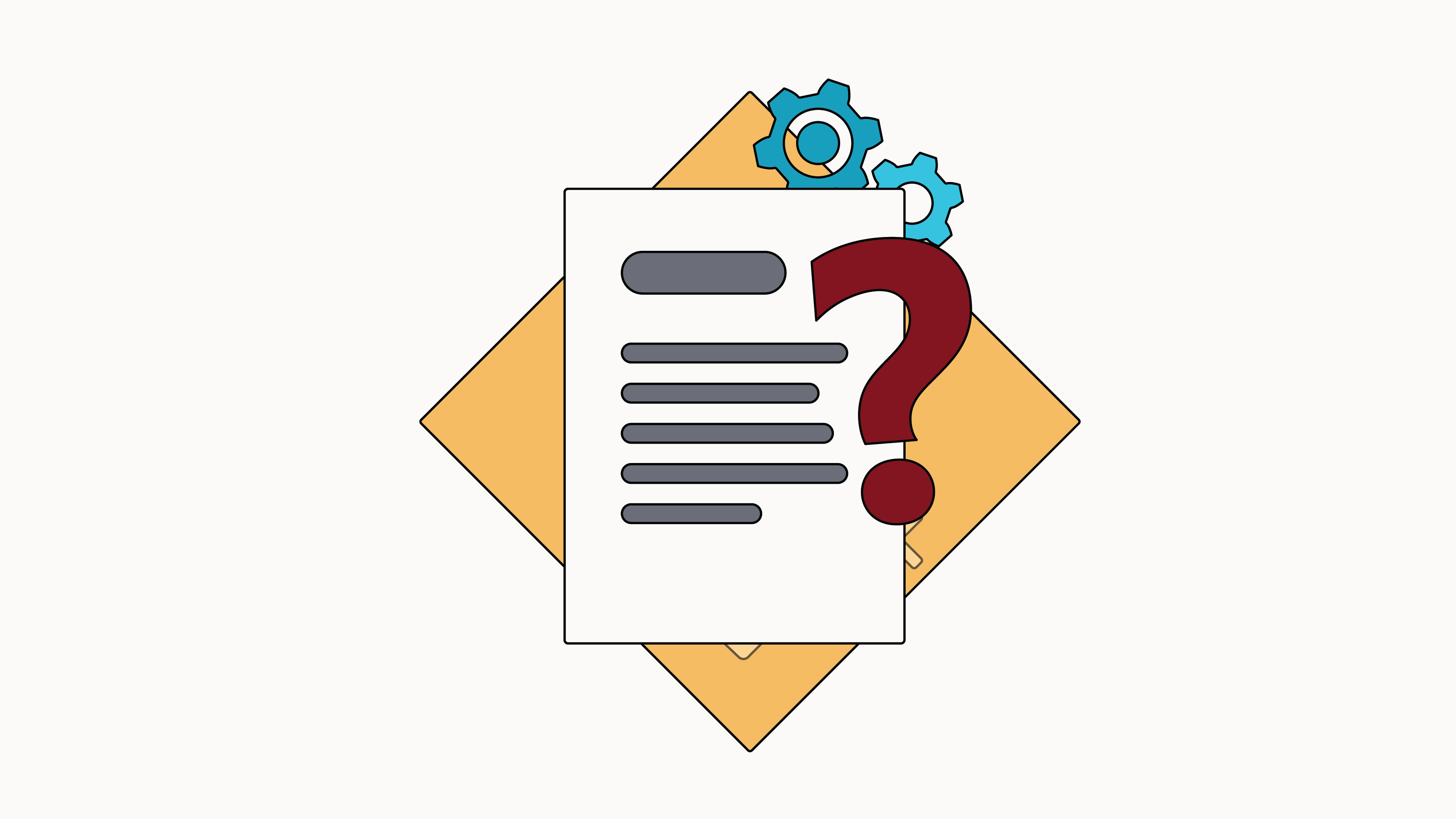Definition: Human-Centered Design
Appeared in the 90s, the term Human-Centered Design (HCD) means “human-centered design.” This approach is based on human behaviors and needs, rather than on the characteristics specific to the proposed solution (a product, software, or service). Thanks to interactive systems, it promoteshuman experience. By integrating humans into the heart of the design process, Human-Centered Design aims to improve product adoption by users and their satisfaction.
The Human-Centered Design approach is based on 3 pillars:
- Desirability
- Viability
- Feasibility
The objective of Human-Centered Design is to combine user expectations with what is economically viable in the long term for the company, and what is technically feasible to ensure optimal adherence with the public.
How can this approach be put into practice?
Indeed, the concept ofeducational engineering called Human-Centered Design places humans at the heart of its process, in order to design personalized solutions adapted to the expectations and needs of the user.
To implement this approach, the company must analyze the profile, practices, and behaviors of all potential users. Then, it must collect the desires, desires and reservations of users, and manage to identify their needs. Finally, it must integrate this information at the beginning of the development of the service, product or software in question.
The practical phases of Human-Centered Design:
- La identification phase is about getting to know the users of the solution. That is to say their age, digital fluency, their desires, their needs, possible reticences, their practices and their environment. In this way, the company will be able to develop empathy for users, which will allow it to better understand and identify their needs as they evolve.
- La ideation phase : identify the technical feasibility of the solution, by making sketches or prototypes.
- La evaluation phase : in order to improve its results after the ideation phase, it makes sense for the company to measure and then analyze them. The company must also take into account the opinions and user feedback and their recommendations (using questionnaires, surveys or tests).
- La implementation phase : give life to the solution, and launch or market it
The benefits of Human-Centered Design
The benefits of Human-Centered Design are multiple. Indeed, the concept provides useful tools and methods, both for the company and for the users.
- Encourage cooperation between the various departments of the company : to diversify skills and opinions and thus be more effective
- Encouraging employee engagement and/or users : by feeling understood, they invest more and develop their commitment
- Improving user productivity : by respecting and identifying their desires, needs, skills and practices
- Train easily and in an optimized way : because the HCD is centered on the human experience, handling the solution is intuitive and simplified
- Define the competitive differentiation criterion : the company can gradually establish itself as a leader in HCD and its field. Human-Centered Design allows the process to improve continuously through evaluation and interaction systems
- Achieve high satisfaction rates and popularity rates : Human-Centered Design guarantees an adapted and personalized user experience




